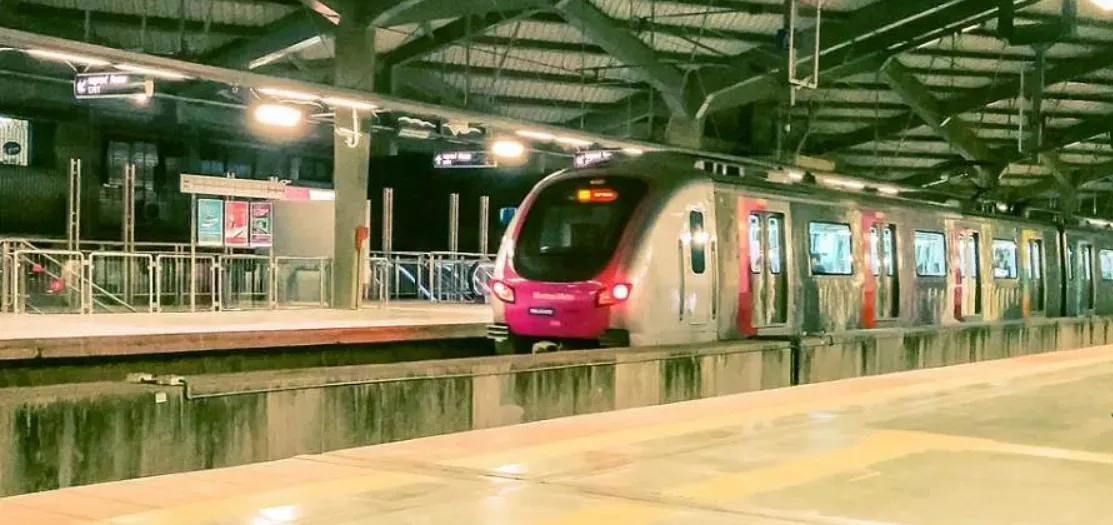The recent flooding along the Mula and Mutha riverbanks, particularly affecting Ekta Nagari and Rajput slums in Bopodi, has brought renewed focus on urban planning lapses and floodline enforcement. Local residents are urging authorities to take responsibility for permitting construction in areas known to be at high risk for flooding.
Homeowners, many of whom acquired properties decades ago, are concerned about the safety and long-term value of their investments. They point to conflicting opinions among local governing bodies, the irrigation department, and the district administration over red and blue floodline alignments as a key source of confusion and risk.
Residents from Ekta Nagari noted that had the flood zones been clearly defined at the time of property purchases, builders would not have been able to sell flats in these areas. Activists and environmentalists have also highlighted that converting no-development zones into residential areas has encouraged unplanned growth along riverbanks, further exacerbating flood risks.
Red and blue lines are regulatory markers that indicate flood-prone zones along rivers. The blue line identifies areas likely to flood once in 25 years, while the red line marks zones with a one-in-100-year flood probability. These lines are incorporated into city development plans to restrict construction in vulnerable areas, but inconsistencies in planning have allowed high-risk constructions to continue.
Historically, Ekta Nagari was part of the Vadgaon grampanchayat, and floodline planning received limited attention. Following its merger with the Pune Municipal Corporation (PMC) in 1997, gaps in enforcement persisted, leaving residents exposed to recurring flooding.
According to reports from the area, many residents feel caught in the middle of administrative inaction. Some have raised concerns that officials responsible for granting construction permissions are now attempting to shift accountability. Others have emphasized the need for practical interventions, such as conducting ground-level surveys and implementing solutions rather than providing assurances without follow-up.
Experts from river restoration organizations have stressed the importance of a coordinated, holistic approach. When multiple authorities manage a river without alignment, challenges in flood management are inevitable, as seen with the Mula and Mutha rivers.
In response, the PMC formed a four-member committee to investigate the causes of flooding in 2024. The committee recommended measures including the clear marking of red and blue floodlines in the development plan, identification and assessment of structures within these zones, removal of debris, riverbank restoration, and a strict prohibition on new constructions in flood-prone areas.
PMC officials have confirmed that all relevant departments are taking steps to implement these recommendations. The measures aim to prevent future flooding and protect communities living along the riverbanks.
Image- PTI









.png)